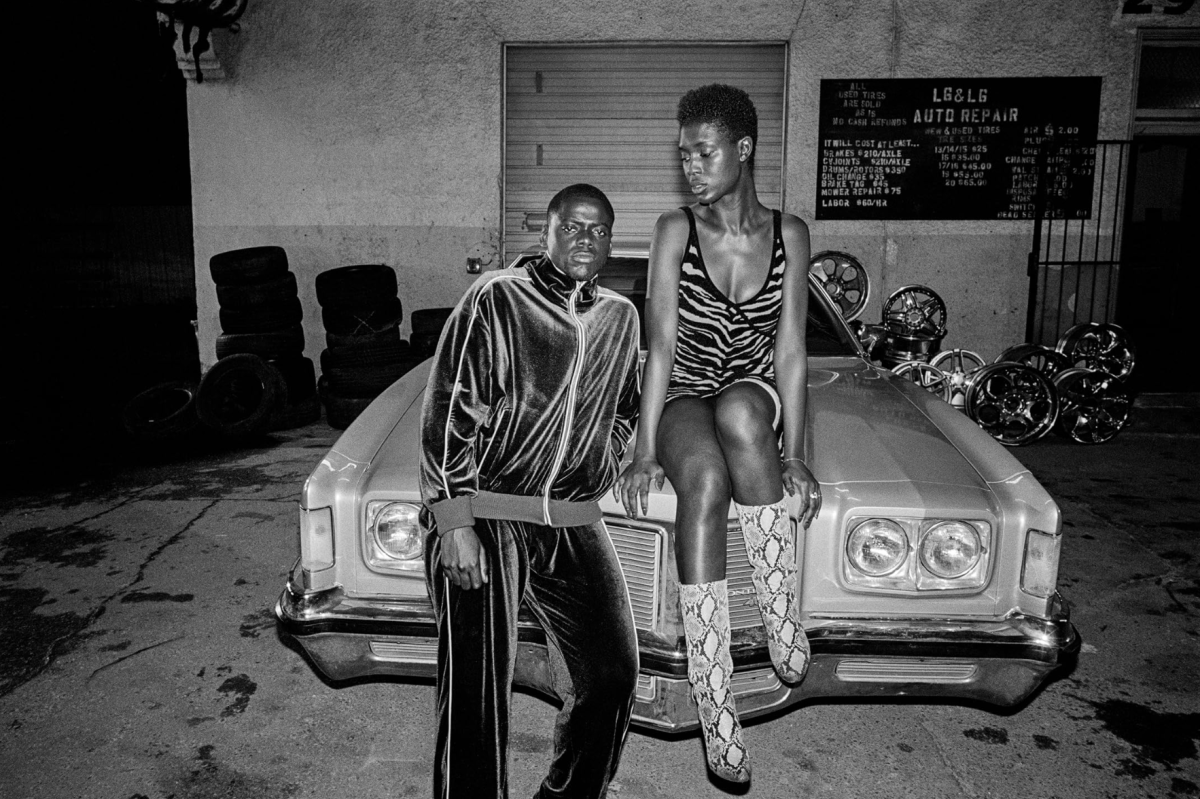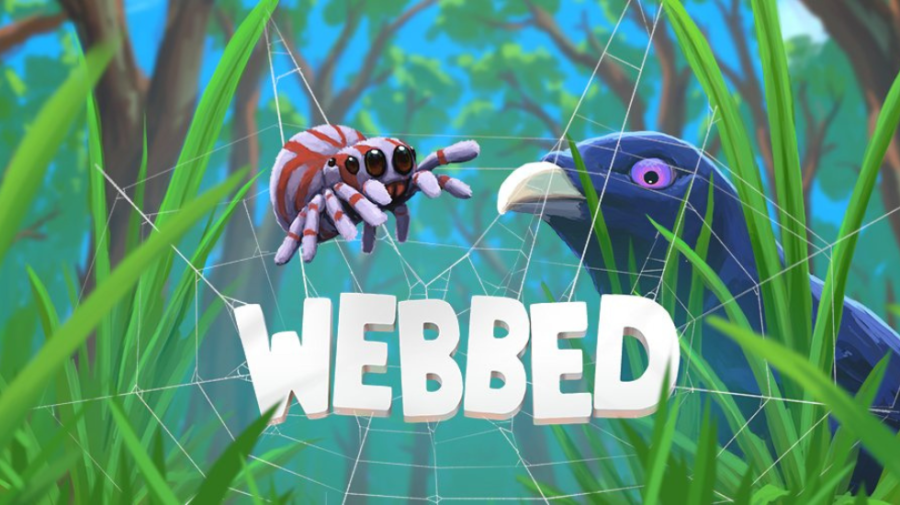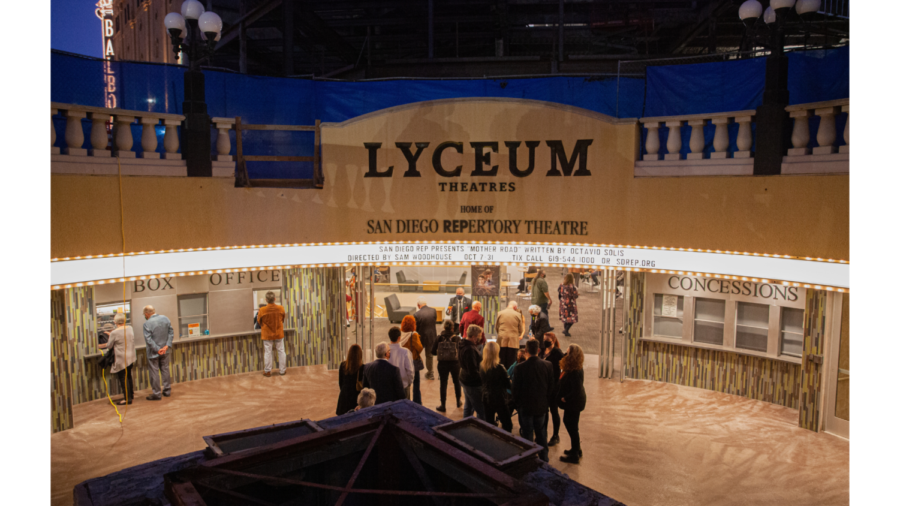No one ever said it would get better; no one ever tells you it’ll be all right. After that first semester in high school ended, anxiety and fear kicked in full gear. I just wanted to graduate and get it over with. I found no motivation to attend class when I felt my future had already been decided for me. I had failed.
Unlike my other classmates in my Advanced Placement classes, I had not been accepted to any of those prestigious Ivy League universities, but looking back I knew I should have done better to deserve a spot in one of those private universities. It was really on me.
In that moment, all I could feel was shame, because, although I had gotten accepted to San Diego State, I would not be leaving home. I wouldn’t experience college the way everyone else would, but most importantly my future career goals were at stake, or at least I thought. I wanted so badly to go to a UC or a private school because that’s where all the “smart” kids were going.
High school counselors and teachers instill angst about getting accepted to the best four-year university. It did encourage students to aim higher, however, they never really offered options. Options were rarely set on the table.
I graduated feeling somewhat mediocre. Good grades and all, but nothing to boast about. I accepted the offer to attend SDSU because, at the time, attending anything “below” a four-year university was out of the question.
Community colleges, as many believe, seemed like a mere continuation of high school for the underachievers. Coming from a Mexican immigrant family, community colleges, transferring and all that was just way too confusing and I felt that attending one would jeopardize my career goals. How would I ever get a good job if my resume had a community college listed instead of a four-year university? How could I compete with anyone if the education I received anywhere other than a university would be subpar?
Eventually, I gave in and decided to attend Grossmont College. I explained to my mom that it would save money and that I would be in a four-year soon enough. Now that I look back, I was really just explaining that to myself; all my mom truly cared about was that I continue school.
I attended my first college classes, lo and behold classes were just as challenging and engaging as any other university class. I met some of the best professors at Grossmont — truly passionate instructors. In two years, I was out of there. I transferred to UCSD and felt so proud of it.
I moved on campus and I felt like a true college student. Had my college apartment and was at a renowned university. I had made it. First quarter came but to my surprise classes weren’t as engaging as I had envisioned. Some classes were held at lecture halls sometimes with up to 300 students. Those professors had no clue who I was or if I ever attended class.
It was a trade-off. I received my bachelor’s degree from a great university. I met well-published professors who taught fascinating classes. I gained valuable experience at this research institution and am proud of it. All that is now on paper hung on my mother’s wall.
I then realized that what I genuinely wanted from college was to learn, not just receive a “pass” to go on and take yet another speeding class. I missed the smaller class setting and the semester system. I wanted the professor to engage more with each student. Have him or her grade my papers, not his or her overworked, sleep-deprived TA.
Community colleges are a unique hub for diverse learning. There are a wide range of ages and motives attending community colleges. Not everyone is rushing to get that certificate and in my opinion I found that to be more rewarding as a student. Now that I’m back in school, without the pressure of getting a certificate I can focus on learning, not graduating, not waiting anxiously for the last day of class to come.







